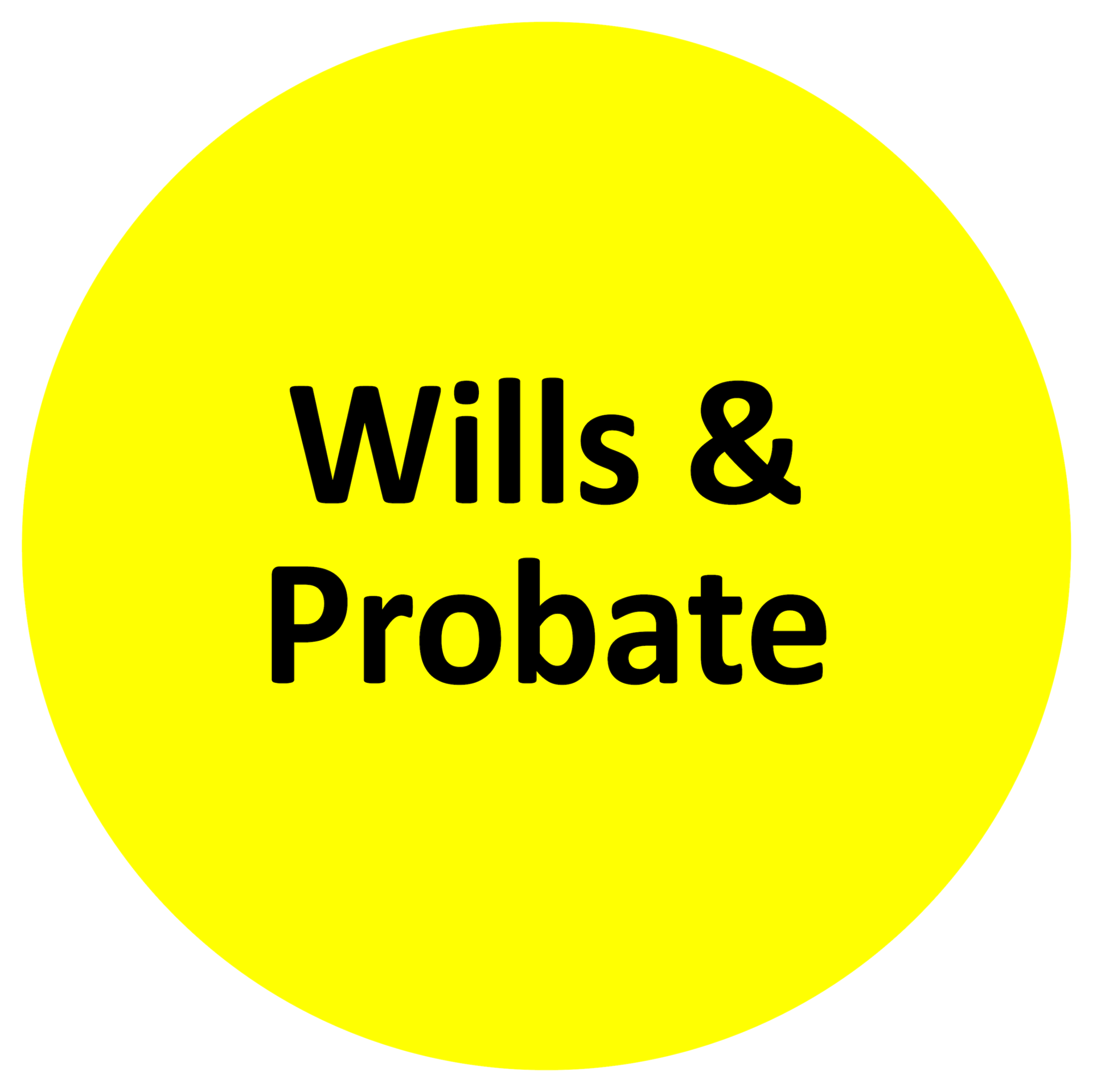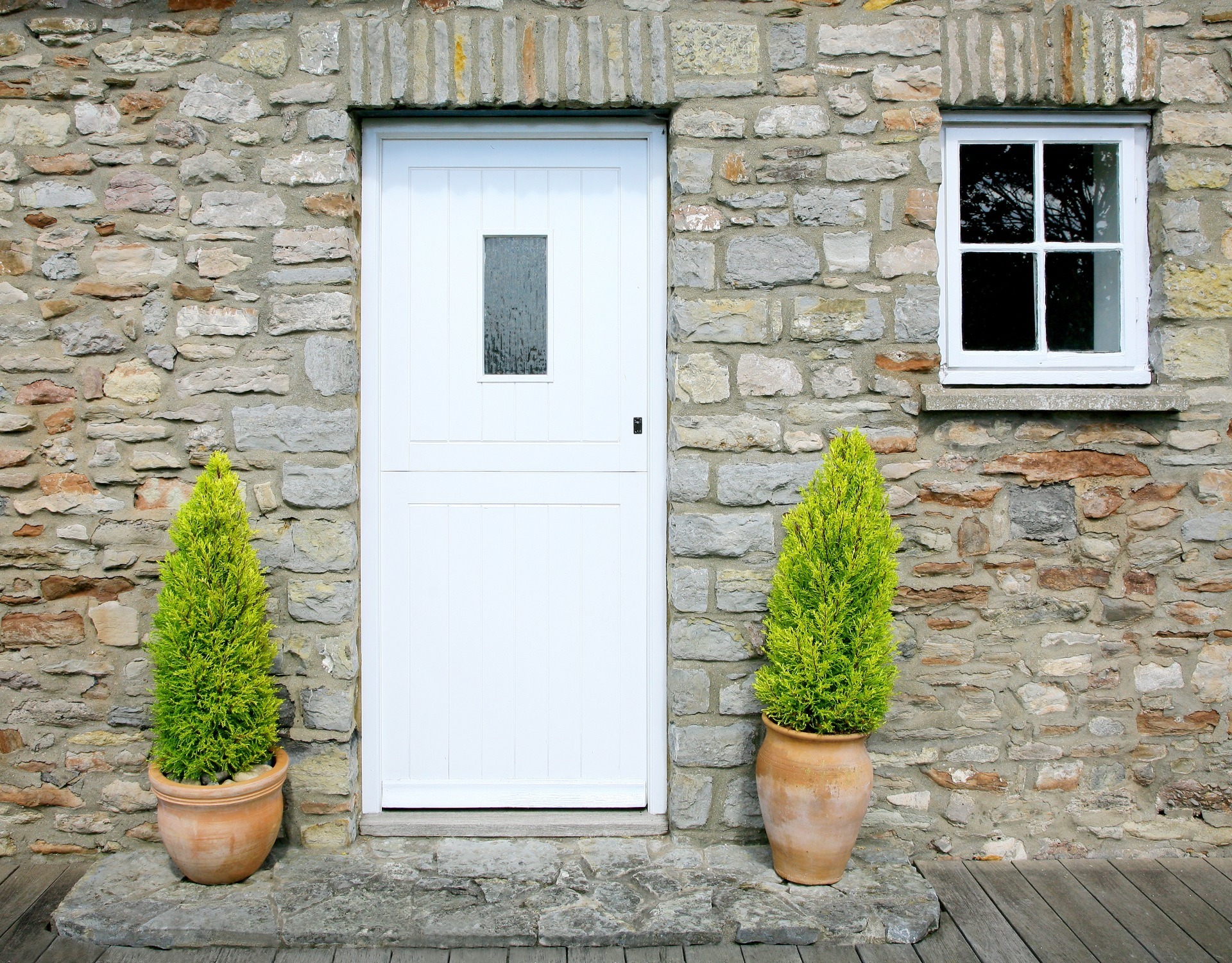Can I Change The Name Of My Property?
Posted on 1st May 2020
So, you have found the perfect property, but there is one problem, you do not like the house name, or the fact that there is no name. Nobody wants to be just a number, right? And you’ve always wanted a house that sounded rather grand.. say, ‘Cardwell Towers’. Whatever your gripe be in this regard, our Preston solicitors are here to discuss how you may go about having this amended.
Where did it all begin?
Back in the day, as many may say, the naming of a property was a British custom that began amongst the wealthy. This began by the naming of manors and castles, however, soon extended to many others following suit, such as tradesmen. This allowed for an easy way for properties within the community to be identified. Such as a carpenter, naming his property as Wood House, for example.
There is a common misconception that rules on this matter were set out within the Postage Act of 1765, however, no specific requirement for street naming and numbering was brought about by this. Properties were best known, and identified, by their position in the context of a particular land mark, or indeed their name.
Over time, however, a lot has changed which has meant that the need for housing names and numbers became more and more apparent.
Trends have continued to evolve to present day, with many property names now being inspired by their previous use, such as ‘The Old School House’, or their defining features, such as ‘The Orchard’.
Places of beauty and floral themes have also emerged as recent trends, with over 50,000 of homes in 2018 having a floral name. In addition, 24,000.00 of those incorporating the word ‘rose’ – blooming heck, pardon the pun!
The ever-increasing need for names and numbers being required to identify properties resulted in dedicated Legislation, to make provision for property names and numbers, which can be found by following the below links:
- Section 64 – Towns Improvement Clauses Act 1847, which governed that “the commissioners shall from time to time cause the houses and buildings in all or any of the streets to be marked with numbers as they think fit”. More on this provision can be found on gov.uk, here.
- Section 65 – Towns Improvement Clauses Act 1847. This provision introduced the permission for “the occupiers of houses and other buildings in the streets shall mark their houses with such numbers as the commissioners approve of”. Further details can be found on gov.uk, here.
- Section 18 – Public Health Act 1925. Under this Section of the Act, powers were granted to the urban authority to “alter the name of any street, or part of a street, or may assign a name to any street, or part of a street, to which a name has not been given”. See more, on gov.uk, here.
As you can see, the need for legal provision has been identified and, over time, has been subject to change. This leads us to the present position on what is required to change the name of your property.
How do I change the name of my property?
So, for whatever reason it may be that you wish to change the name of your property, be it sentimental, descriptive of the history or simply personal preference, here is how our Preston solicitors can assist you in noting the same with HM Land Registry.
Before you start nailing newly named plaques to the walls of your property, you should consult your local council, who will be able to advise of their requirements in this regard. The council hold the Local Land and Property Gazetteer (LLPG) which, essentially, is a record of all addresses held in the area they cover. This record should be maintained and, as such, there is a need for your local council to be addressed in the event that you wish to change the name of your property.
It is extremely important that this record is maintained in order that royal mail may deliver post to the correct addresses and emergency services can attend those in need without issue, for example.
Whilst application methods may vary, authority to authority, the basis is the same, in that, an application to the local council should be made, in writing, notifying of the proposed intention to change the name of your property.
The council then have the opportunity to check the application and will, specifically, be looking to ensure there are no duplicated names in the nearby area, and that the same coincide with naming conventions.
Such conventions require street names to follow suit in ending with drive, avenue or place, for example, for residential roads, and with those with one entrance incorporating the term ‘End’ in their name. Before initiating the application process, it would be advisable to check the specific conventions of your local authority. Usually, the local authority will prefer that the name falls in connection with the area, or its history, which is a further point for consideration. How does MG Legal; your Local Solicitors Way sound?
Where a property is permitted to use a specific name, this should always be used in conjunction with the number in order that is may be adequately identified, which brings us to HM Land Registry.
When making changes, which does not just cover the name of your property, but extends to the names and addresses for service of the registered proprietors, HM Land Registry should always be notified. This is in order that their database of properties across the board are kept as up to date and accurate as practicably possible.
So, once you have the green light from the council, you can get in touch with our property solicitors in Preston who can easily note the change with the Registry, on your behalf. This involves what is known as an online Form e-CPD, to change the property description, which can be submitted to the Land Registry in order to note the change of name. Easy as that!
What name will you choose? Get in touch with our team today, at property@mglegal.co.uk, and our Preston solicitors will be able to assist you.
MG Legal – Your Local Solicitors
Tagged as: Property Solicitors in Preston, Your Local Solicitors
Share this post:





